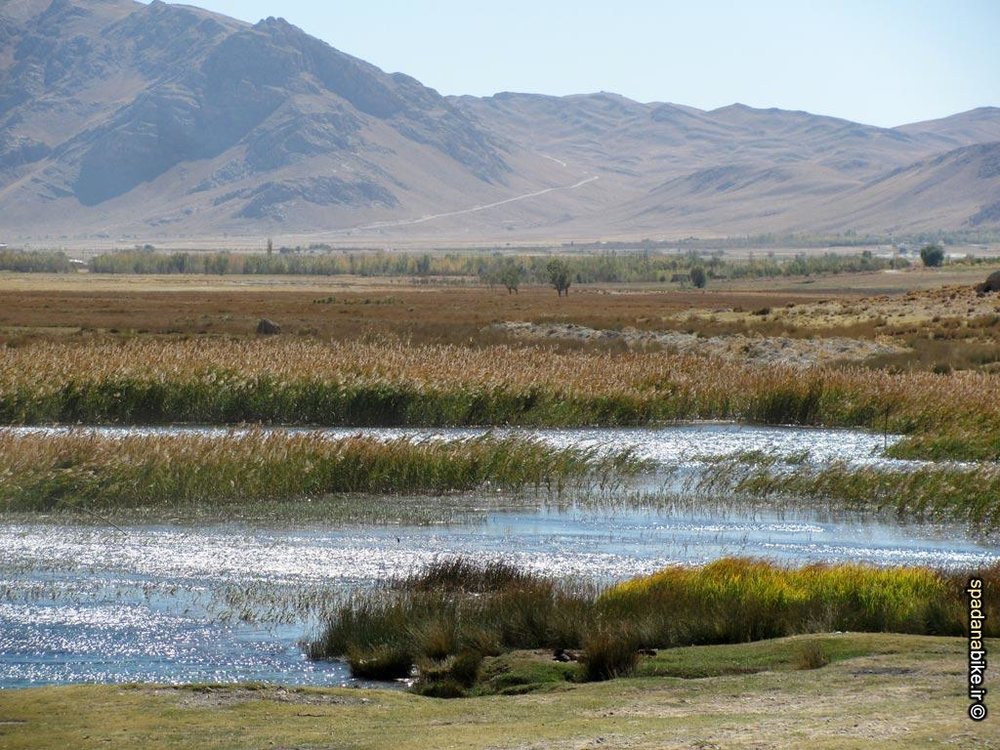60 wetlands drained in Iran

TEHRAN – Some 60 wetlands in Iran are completely dried up and some other are under pressure, the deputy environment chief for the wetlands has said.
Masoud Baqerzadeh said there are some 105 wetlands in Iran, stretching 3 million hectares of lands.
“About 1.3 million hectares of these wetlands are affected by drought, which led to the total dryness of some 60 wetlands,” Baqerzadeh regretted, ILNA reported on Friday.
Some of the wetlands are in critical condition and are not completely drained, he added.
For instance, 90 percent of Gavkhooni Wetland in Isfahan province, 70 percent of Lake Urmia in northwestern Iran, and 20 percent of Gandoman wetland in Chaharmahal and Bakhtiari Province have dried up, he stated.
The exposed lakebed of the dried up wetlands, unsustainable agricultural practices, and desertification resulting from overgrazing are the major causes of internal host spots for sand and dust storms in the country, he explained.
Baqerzadeh went on to say that “the wetland restoration projects are now being implemented by dredging waterways, channeling, water diversion and reducing evaporation which differs regarding the ecological characteristics of each wetland.”
One of the most important issues in wetland restoration projects is the allocation of the water rights of each wetland, the deputy environment chief highlighted.
Developing “wetland ecosystem management” plan and its implementation are one of the other projects to restore the wetlands, he stated, adding, “The plan outlines the management of the wetlands in accordance with regard to the interest of all stakeholders who have important connection to the wetlands and people living tin the wetlands’ basin.”
Pointing to the water right of Hamoun wetlands in southeastern Iran, Baqerzadeh said, “According to the previous agreement signed between Iran and Afghanistan many years ago, Afghanistan is obligated to provide Hamoun wetland in Iran with 820 million cubic meters water per annum.”
The agreement was reached when the lake wasn’t facing any threats and the water was allocated to irrigation and drinking purposes and the lake was filled with seasonal floods, however now that the lake is seriously on the verge of disappearance the Department of Environment is resuming negotiations with Afghanistan to jointly run studies and strive to restore the lake by allocating its water right, he explained.
The Hamouns are transboundary wetlands on the Iran-Afghan border made up of three lakes: Hamoun-e Helmand, which is entirely in Iran, Hamoun-e Sabari on the border, and Hamoun-e Puzak, almost entirely inside Afghanistan. The three lakes are linked and fed by water from the Helmand River which starts in the Hindu Kush Mountains in Afghanistan.
When droughts occur in Afghanistan, or the water in watersheds that support lake is drawn down by other natural or human-induced reasons, the end result is a dry lakebed in Iran. In addition, when the lake is dry, seasonal winds blow fine sands off the exposed lakebed and give rise to crippling sand and dust storm in eastern and southeastern parts of Iran.
FB/MQ
Leave a Comment